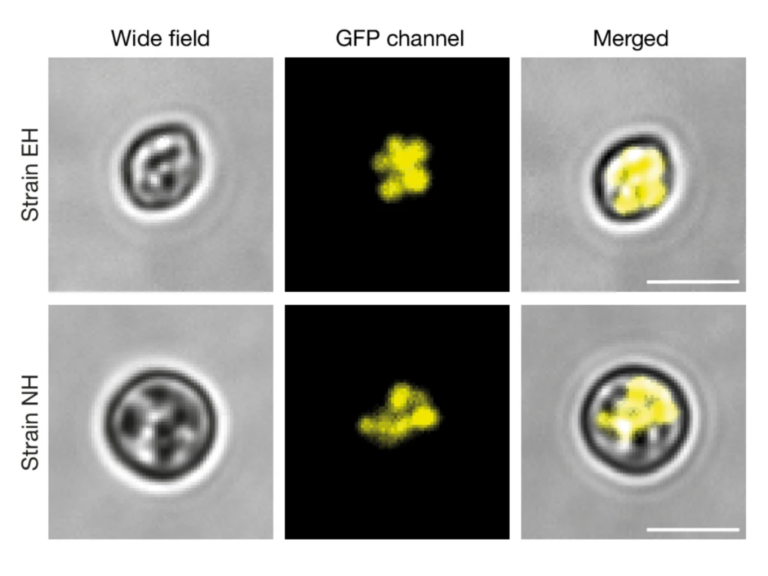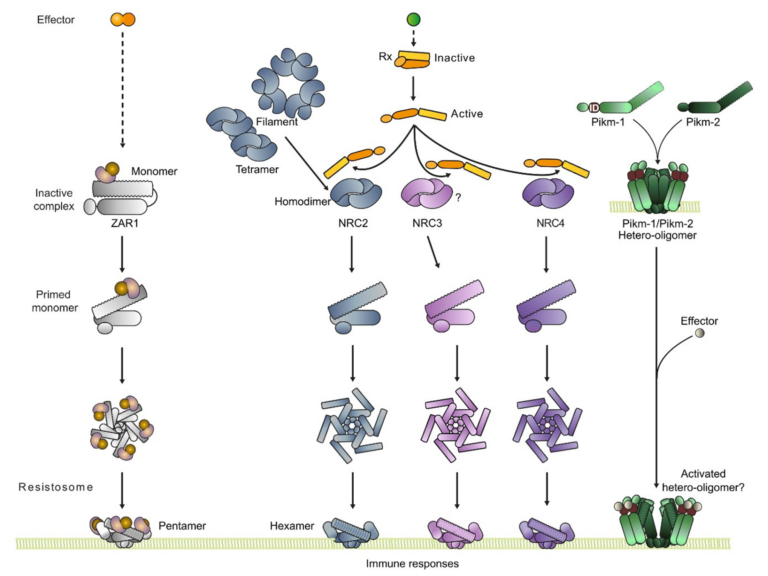Genomes of fungi and relatives reveal delayed loss of ancestral gene families and evolution of key fungal traits
Abstract
Fungi are ecologically important heterotrophs that have radiated into most niches on Earth and fulfil key ecological services. Despite intense interest in their origins, major genomic trends of their evolutionary route from a unicellular opisthokont ancestor to derived multicellular fungi remain poorly known. Here we provide a highly resolved genome-wide catalogue of gene family changes across fungal evolution inferred from the genomes of 123 fungi and relatives. We show that a dominant trend in early fungal evolution has been the gradual shedding of protist genes and the punctuated emergence of innovation by two main gene duplication events. We find that the gene content of non-Dikarya fungi resembles that of unicellular opisthokonts in many respects, owing to the conservation of protist genes in their genomes. The most rapidly duplicating gene groups included extracellular proteins and transcription factors, as well as ones linked to the coordination of nutrient uptake with growth, highlighting the transition to a sessile osmotrophic feeding strategy and subsequent lifestyle evolution as important elements of early fungal history. These results suggest that the genomes of pre-fungal ancestors evolved into the typical filamentous fungal genome by a combination of gradual gene loss, turnover and several large duplication events rather than by abrupt changes. Consequently, the taxonomically defined Fungi represents a genomically non-uniform assemblage of species.


